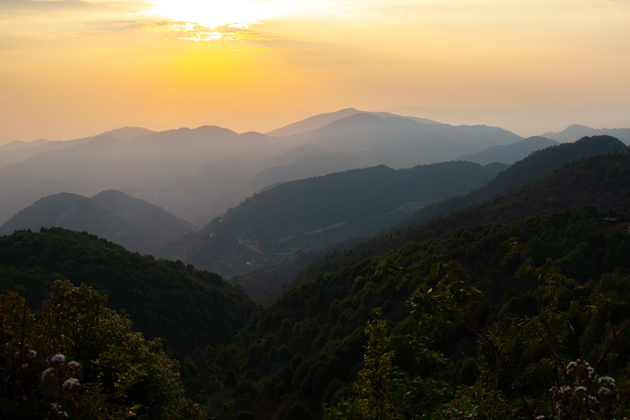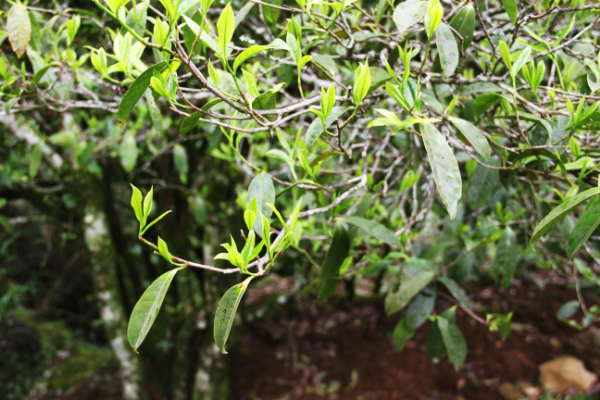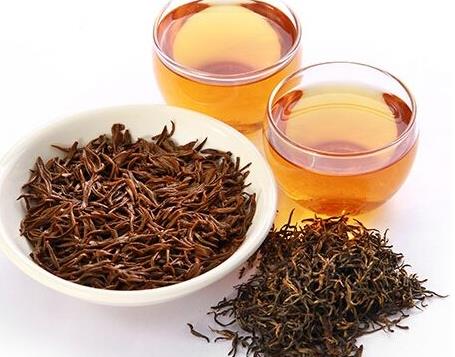Do those who know tea usually buy old tea or old tea? Which is more advanced and more expensive than the old tea or the old tea?
Although a bit counterintuitive, aged tea is actually a recent phenomenon. Before the 21st century, fresh tea was always considered to be the best. However, while freshly made teas tend to have the strongest and brightest aromas, many types of teas develop fascinating new flavors and structures over time. Tea, in the development of these features is often referred to as old tea or "old tea." In the past few decades, many tea drinkers have begun to like or even prefer these old characteristics, and the new aged tea market also reflects this trend. Sheng and Shu Pu'er receive the most attention among the aged teas, but they are not the only teas that can be aged. If properly stored, most of the tea can be preserved for many years, and many drinkers even prefer mature tea that has been stored for months to years. In particular, white tea and dark oolong tea, such as Wuyi rock oolong tea and Dancong oolong tea, can cultivate a beautiful old age character. The rich and complex charm of Pu'er tea for the elderly is sometimes eye-catching, which is a unique case and is worth writing a blog post in the future. Today, we will explore some other undervalued aged teas. How does aged tea change? Gradual oxidation is one of the main changes during tea aging. Oxidation is a natural chemical process that begins when tea is picked from shrubs. Processing fresh tea often involves stopping, accelerating or stopping oxidation in the middle of the required oxidation process. The higher the degree of oxidation of tea, the darker the color of tea and brewed tea. Green tea has the lowest degree of oxidation, and the color of tea and tea soup is much lighter than black tea, which is almost completely oxidized.

The nutritional composition of tea will also change with oxidation. With the occurrence of oxidation, more and more antioxidant compounds in tea will naturally combine into new and larger molecules. This creates new and different antioxidants, and although nothing is added or lost in tea, the levels and types of nutrients do change. Exposure to more moisture, light, air and warmth will further oxidize the finished tea. This is particularly true in lighter teas such as green, yellow and Anxi-style oolong teas, which have the lowest degree of oxidation. Dark teas such as black tea and oolong tea have less room to change because they are quite oxidized after processing. In aged tea, the change in aroma is usually the first obvious difference. The aroma of fresh tea fades fastest, matures over time and finally disappears. However, as the brightest notes fade and the other layers hidden in them, aging sometimes gives new subtlety or complexity to the ever-changing aroma. Generally speaking, the better the quality of the fresh tea at the beginning, the better the quality of the old tea. The aging process does not turn shoddy tea into high-end specialty tea. Aging can give the smoky taste of freshly roasted oolong, the earthy taste of Shu Pu'er, or the astringent taste of young Pu'er, softening it into something more delicious for many people. In the end, however, it can only develop roles that already exist. In addition, aging tea also has certain risks. If good conditions are not maintained, the tea will deteriorate or easily deteriorate in quality. Tea leaves are particularly easy to absorb the aroma of the surrounding environment, so it is important to keep them away from any strong or unpleasant smell when resting.
Important Notice :
前街咖啡 FrontStreet Coffee has moved to new addredd:
FrontStreet Coffee Address: 315,Donghua East Road,GuangZhou
Tel:020 38364473
- Prev

How is Yilaixiangdancong oolong tea made? The origin and story of oolong tea and is oolong tea effective for weight loss?
The history of oolong tea: oolong tea has been grown in China and Taiwan since the 17th century. Oolong tea has many flavors, from light to full-bodied, from flower to grass, from sweet to roasted. Like white tea, green tea and black tea, it comes from camellia plants. Oolong tea differs from other teas in the process it goes through and
- Next

Changes in aroma and taste of aged Huangzhixiang Dancong oolong tea and old gold Junmei black tea compared with aged black tea and oolong tea
Although it is still changing slowly, some teas are more stable than green teas in the first few years after production. Black tea is almost completely oxidized during processing, which means that it has little room for further oxidation. However, apart from the inevitable fading aroma that affects all tea leaves, some changes have taken place. Fresh
Related
- A complete list of coffee bean names and their meanings! What is Yejia Shefi coffee? Where is Mantelin coffee?
- What grade does Arida Manor Kaduai coffee beans belong to? What treatment is Arida ASD slow anaerobic sun exposure?
- The milk tea cup becomes smaller?! Overlord Tea Girl launches a new "Return to Yunnan" series
- Accused of selling counterfeit and high-priced coffee beans! Well-known boutique coffee brand "Oukelao" bowed and apologized!
- How to make espresso dumplings? Can I eat coffee and glutinous rice balls together?
- Save the unformed and stagnant powder cakes in one second! What is the problem with stagnant water in the powder bowl of the espresso machine?
- What does hand-brewed coffee stop mean? Why is it not recommended to make coffee by hand?
- Is it normal to smell like coffee? Why does coffee smell like alcohol? What's wrong with the strong smell of cold extract ice dripping ice brewed coffee?
- How to solve the problem that hand-brewed coffee extraction takes too long? Why is the water flowing so slowly when making coffee?
- The main points of making Australian white coffee, the proportion details, how does Australian white properly foam and blend the flowers?

